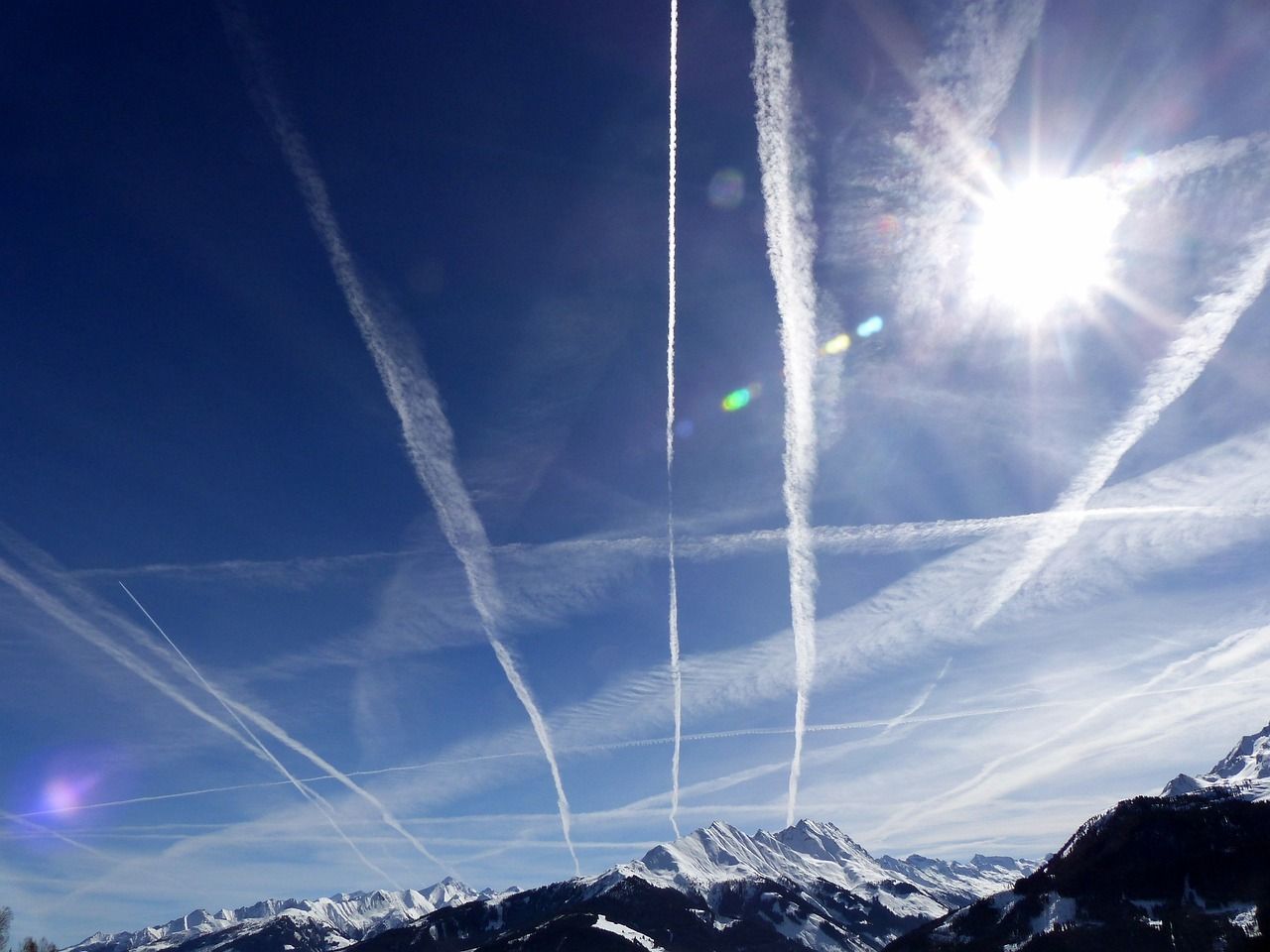White trails from planes: a greater warming effect than CO2 ✈️
Follow us on Google News (click on ☆)
While reducing fuel consumption is a priority, another lesser-known aspect of aviation also contributes to global warming: condensation trails, also known as "contrails."
These fine, cloudy lines, formed behind airplanes, are not mere sky decorations. Under certain atmospheric conditions, they can expand into vast high-altitude clouds that trap Earth's heat. According to a recent study, this warming effect accounts for more than half of aviation's climate impact, including CO2.

Illustrative image Pixabay
Researcher Fangqun Yu, from the University of Albany, has delved into this complex phenomenon. He recently published his findings in Environmental Science & Technology, exploring the role of soot particles emitted by aircraft engines, as well as other volatile particles present in exhaust gases. These particles cause water vapor in the air to condense and form visible ice crystals in the form of contrails.
Fangqun Yu and his team discovered that volatile particles, once considered secondary, could play a bigger role than expected. Until now, it was believed that they were only really involved when soot emissions were extremely low. However, the new study reveals that these volatile particles also contribute to the formation of contrails, even at medium soot emission levels and under standard temperature conditions.
In collaboration with researchers from NASA and the German Aerospace Center, Fangqun Yu modeled atmospheric conditions using recent data from testing campaigns. The results show that these volatile particles can influence the amount of ice crystals created, making the contrails thicker and longer-lasting in the sky, which increases their warming effect.
To reduce this impact, aviation is now looking to use cleaner fuels and innovative engines. Fangqun Yu is also working with engineers from General Electric to better understand the impact of these technologies on contrails. Their trials in a NASA simulation chamber show promising results.
By better controlling the particles in exhaust gases, aviation could limit the formation of contrails and their effect on the climate. This research is essential for understanding how aviation influences the atmosphere and for guiding innovations toward more environmentally friendly air transport.